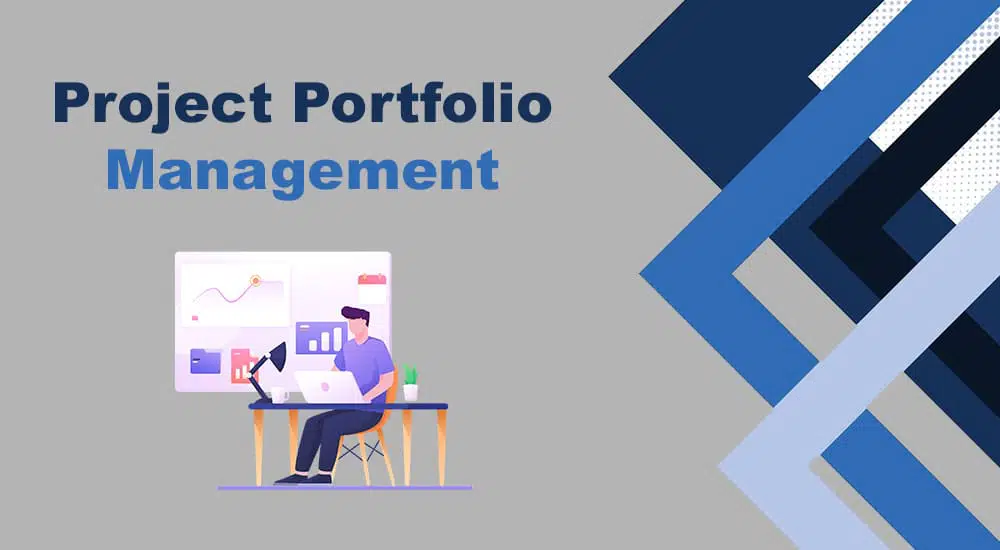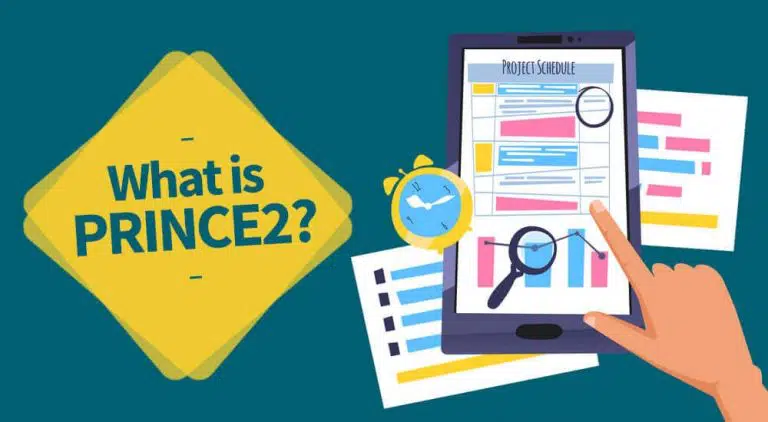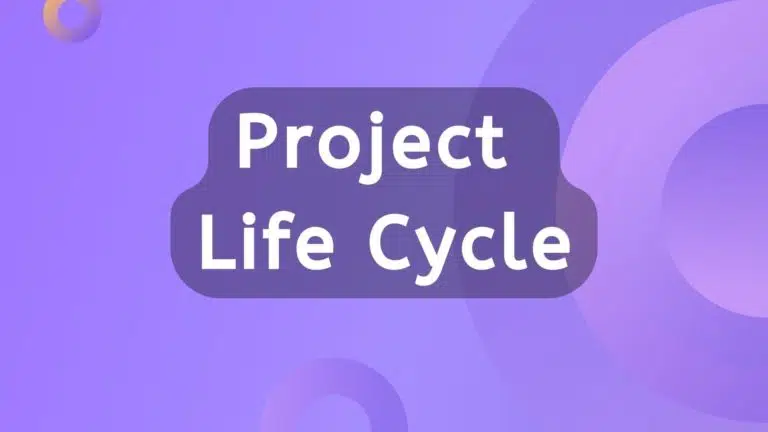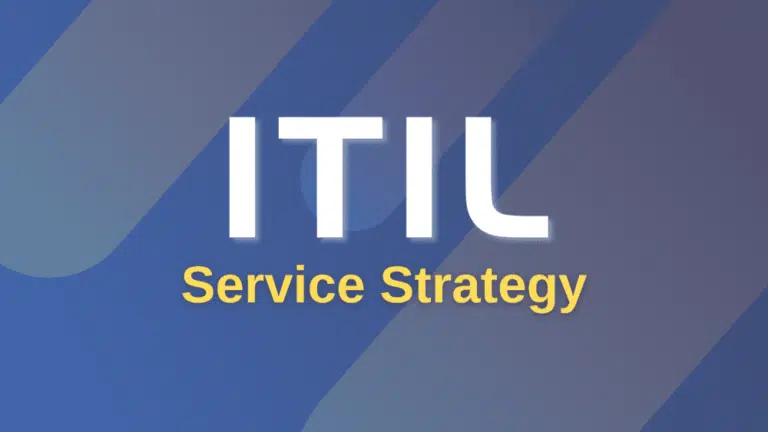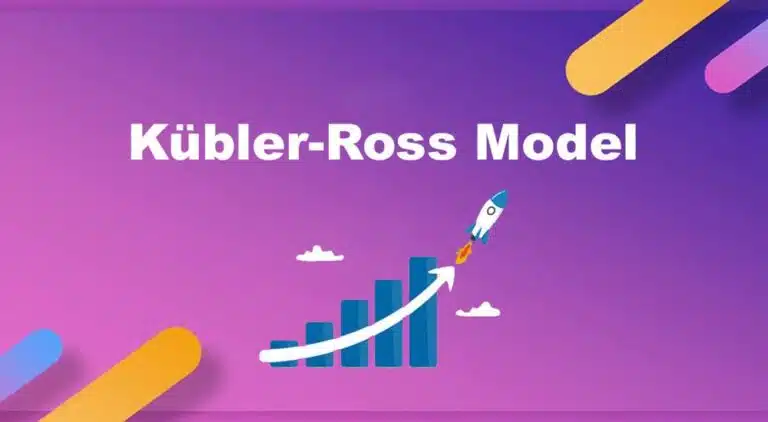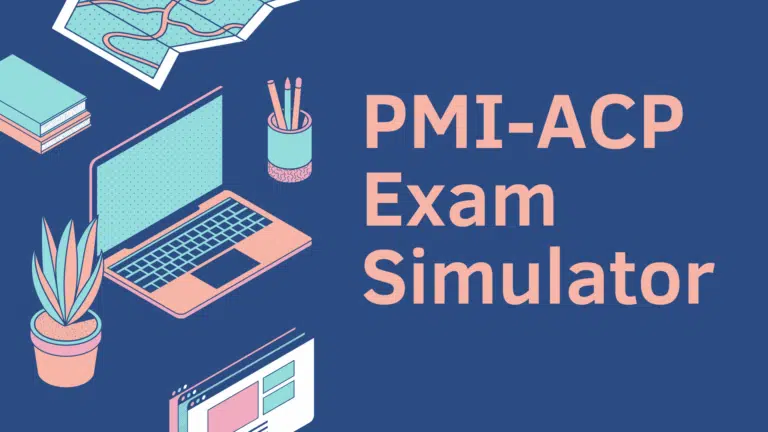Project Portfolio Management (PPM) is the management of different projects, programs, or programs and projects under one umbrella. This umbrella is called a “portfolio.”
Portfolio management in project management selects different projects, programs, or any combination of the two to efficiently manage resources and assign project and program managers. Portfolio management supports the PMO (project management office) in managing projects efficiently.
Portfolio management controls the projects and programs from a higher level. It provides the coordination and resource efficiency not possible in managing them individually to achieve the organizational objectives and larger goals.
Project portfolio management describes how you can manage interrelated, interdependent programs or projects.
What Are the Objectives of Project Portfolio Management?
The key objectives of project portfolio management are as follows:
- Keeping stakeholders informed of the programs’ and projects’ progress and implementing the feedback received
- Improving overall communication amongst projects and programs within the organization
- Improving decision-making for projects, programs, and overall business strategies—especially when taking informed risks
- Properly allocating all project resources
- Assigning individual project goals to meet the company’s overall business goals
- Measuring each employee’s performance and aligning it with the work needed for each project
- Improving the return on investment (ROI) for each project by predicting the value generated
- Improving the overall prioritization process for all the projects within the company
- Ensuring that projects remain compliant with all governmental rules and regulations
The Importance of Project Portfolio Management
According to the Project Management Institute (PMI), “portfolio management is a way to bridge the gap between strategy and implementation.”
Large organizations have many projects, and it is the responsibility of portfolio managers to prioritize these projects, design the programs, and create a portfolio to manage selected projects that could provide the best benefits to the organization and align with the organizational goal.
Portfolio management ensures the organization’s limited resources are utilized to their fullest potential and provide the maximum benefit.
Which Industries and Businesses Can Benefit from Project Portfolio Management?
According to this research, 71% of businesses follow project portfolio management. The widespread use of PPM shows the adoption of project portfolio management solutions.
All businesses in all industries can benefit from PPM; a few examples of these industries are as follows:
#1. Construction and Engineering
In construction and engineering industries, projects are complex and involve multiple stakeholders; PPM ensures efficient resource allocation, risk management, and timely completion of projects.
Multiple construction projects juggle with complex dependencies, fluctuating resource availability, and tight deadlines require PPM for efficient execution and minimizing risks.
#2. Information Technology
PPM is widely used in IT for managing multiple projects such as software development, system integration, and infrastructure upgrades. It helps prioritize projects based on business value, resource availability, and strategic alignment.
#3. Healthcare
PPM is valuable in healthcare for managing projects implementing new technologies, developing new medicines, diagnosis, treatments, facility expansions, or process improvements. It helps healthcare organizations optimize resource utilization and improve patient care.
#4. Telecommunications
PPM is essential in the telecommunications industry for managing network infrastructure projects, new service rollouts, and technology upgrades. It helps companies stay competitive in a rapidly evolving market.
#5. Government and Public Sector
Government agencies use PPM to prioritize and manage projects related to public infrastructure, IT systems, and policy implementations. It enhances transparency and accountability in project execution.
According to this report, 29% of organizations complete the project without schedule delay and under budget. Managing projects individually wastes resources, and there is no coordination. Using PPM can help companies use their resources optimally, reduce delays, and avoid spending over budget.
What Are the Benefits of Project Portfolio Management?
The benefits of using PPM are immense. Businesses with robust strategic portfolio management practices have a higher chance of success than their competitors.
Some benefits of PPM are as follows:
#1. Prioritizes Projects
An organization can have many projects, and project portfolio management selects the project best aligned with the organizational strategic goal and provides the best return on investment.
Businesses can prioritize, select the best projects, and avoid lesser-priority projects.
#2. Reduces or Avoids Resource Waste
A portfolio manager manages different projects under their guidance, optimizes resources, and avoids waste. They ensure different projects coordinate each other throughout their project lifecycle and help achieve the business objectives.
#3. Aligns Project Objectives with Larger Business Goals
A lack of understanding of larger business goals is one of the causes of project failures. PPM ensures that project teams understand the project goal and work harder to achieve portfolio objectives. PPM aligns the collective project objectives with the overall organizational objectives.
Step-by-Step Project Portfolio Management Process
To succeed with project portfolio management (PPM), the project management office (PMO) should develop and implement a PPM process to ensure everything goes smoothly.

You can follow the following steps to implement project portfolio management in your organization:
#1. Identify Your Organization’s Business Objectives
First of all, identify your organizational long-term goal and business objectives. As a portfolio manager, you must understand these to select the right projects and programs to support your organization’s business strategic goals and objectives.
#2. Collect Project Ideas
If you work in a large organization, you will have many project ideas to achieve your business objectives. You must collect these projects and the projects already executed by your organization. Make a list of these projects and group them according to their similarities.
#3. Select the Best Projects
Now, you have a list of projects ready with you. Review these projects, find which ones are urgent and necessary, and support the business’s short- and long-term goals and strategic objectives.
Determine how each project will impact business strategies. Each project must provide value in promoting company strategy in the mid-to-long term. This value should be easy to trace documents and communicate to all stakeholders.
Once the value of each project has been proven, the portfolio managers prioritize which projects should be executed first. They will create programs for similar projects and separate the different individual projects.
#4. Review Project Feasibility and Assign Project and Program Managers
Now, you will conduct the feasibility study, including the cost-benefit analysis, and prepare the business case. If the management agrees, you will officially create the project and program and assign the project and program manager.
Afterward, you will take these programs and projects and create a portfolio.
#5. Monitor and Control Progress
You will mentor and control the projects and programs in the portfolio as portfolio project management. If any project or program needs any help, you will provide it; for example, if any project requires any equipment or resource, and the same is idle at other projects, you can transfer the resources to the needy projects.
Project Portfolio Management Tools and Techniques
Portfolio project management (PPM) is complex and requires a lot of inter-project and inter-program coordination. You need centralized management to manage them together.
In such efforts, the following tools are useful for portfolio managers:
Project Prioritization Models
- Cost-Benefit Analysis: This ratio is used to evaluate the risk versus reward in any project. The lower the cost and higher the benefit, the more likely a project will be selected and successful.
- Weighted Scoring Models: This assigns weights to different criteria and evaluates projects based on their scores, in which assists objective decision-making.
- Scoring Model: This is an analytical technique that bridges quantitative and qualitative factors of a decision with weights and scores. The method creates a rational basis for prioritizing projects with the highest scores.
Portfolio Dashboard and Reporting Tools
- Business Intelligence (BI) Tools: These provide visualizations, charts, and reports to monitor key performance indicators and project status.
- Portfolio Dashboards: These summarize project portfolio information for quick, easy stakeholder analysis.
Risk Management Techniques
- Risk Assessment Models: These evaluate and prioritize project risks to develop risk-response planning.
- Monte Carlo Simulation: This technique uses statistical methods to model the probability of various outcomes, which assists risk analysis.
Scenario Analysis
- What-If Analysis: This examines the impact of different scenarios on the project portfolio, thus allowing decision-makers to understand potential outcomes.
- Objectives Matrix: This method splits high-level organizational strategy into multiple business objectives and assigns project scores aligned with each goal. The matrix allows sub-goals to be factored in to evaluate projects against objectives.
Stage-Gate Process
- Gate Reviews: These evaluate projects at key stages to decide whether to continue, modify, or terminate a project based on predefined criteria.
Strategic Alignment Tools
- Strategy Maps: These provide a visual representation of how projects align with organizational goals and strategies.
- Key Performance Indicators (KPIs): These identify and measure critical success factors to ensure alignment with strategic objectives.
Decision Analysis
- Decision-Tree Analysis: This visual qualitative research tool is ideal for evaluating scenarios affected by many subjective factors. PPM tools set up hypothetical scenarios and provide a basis for assessing possible outcomes.
Project Portfolio Management Best Practices
Below are some best practices for managing portfolios.
Understand the Business Strategy
Project portfolio management involves aligning projects with business strategy, so it is essential to understand the strategy and how it changes. For example, portfolio management priorities must shift if the primary objective changes from increasing productivity in specific global markets to focusing on product innovation.
Identify the Right Set of Projects
Selecting the wrong project is bad for the organization, as it does not move the company forward strategically. Projects and programs in portfolios must support the organization’s goals and objectives.
Establish a Project Management Office (PMO)
Creating a PMO to handle portfolio management activities formalizes the processes and empowers staff. It reflects the support of senior executives in the project portfolio management approach.
Create Project Evaluation Standards
As projects get passed to different managers for evolution, it’s essential to create standard criteria and a checklist of metrics to score and compare projects. This is the only way to make an apple-to-apple comparison.
Formulate a Risk Management Strategy
Portfolio management can reduce risk by performing a risk-versus-reward analysis and investing in projects that yield maximum returns.
Formulate a Change Management Strategy
Markets change, technologies evolve, and customers revise requirements. A change management strategy anticipates all of these. When carefully selected, metrics can trigger the notifications that drive appropriate and timely responses to unforeseen changes.
Use a Project Portfolio Management Tool
The complexities of project portfolio management can be simplified through software that can help integrate tactical project control with strategic project selection. PPM software helps portfolio managers make the most of portfolio management and easily monitor portfolio key performance indicators.
Portfolio Management Vs PMO
Many of you might wonder whether portfolio management falls above or below PMO (project management office).
Please note that PMO works at the project level and supports different projects individually. They can be related or non-related. However, a portfolio manages the projects and programs together collectively.
PPM works at a higher level than the PMO. The PMO and Portfolio Management work together to ensure that projects are executed successfully and contribute to the organization’s strategic objectives.
Effective collaboration between the PMO and portfolio management is essential for achieving organizational success during project delivery.
Project Portfolio Management Vs Program Management
Portfolio management (PPM) and program management are different.
In a program, a program manager manages similar projects in a program for efficient utilization of resources and better cooperation.
For example, the construction of school buses and residential buildings can be clubbed together and managed as a program since both are similar (i.e., construction) projects.
Portfolio management is higher than program management. In portfolio management, you will manage multiple programs and projects or different projects as a portfolio for better resource utilization and cooperation.
For example, projects for constructing a school building, designing a game, and developing an IT support system can be managed together as a portfolio.
Conclusion
Project portfolio management (PPM) allows the organization to deliver confidence to stakeholders. Adopting modern technology helps the company reduce project costs. Organizations should accept a culture that promotes project portfolio management to improve their processes and resource utilization.

I am Mohammad Fahad Usmani, B.E. PMP, PMI-RMP. I have been blogging on project management topics since 2011. To date, thousands of professionals have passed the PMP exam using my resources.

